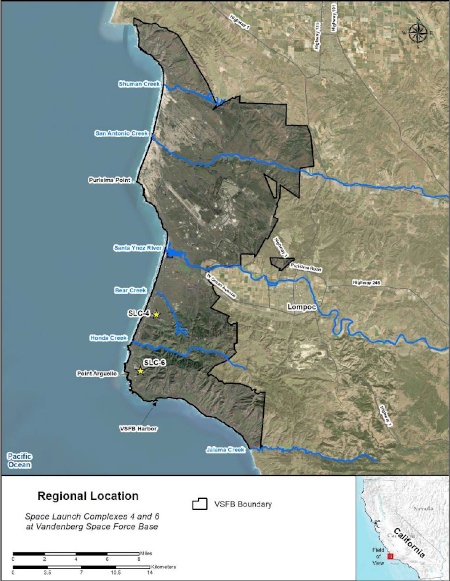SpaceX launches communications satellite for the Spanish government
SpaceX tonight successfully placed a Spanish communications satellite into orbit, its Falcon 9 rocket lifting off from Cape Canaveral in Florida.
The satellite will provide communications for Spain’s military and government. The first stage completed its 22nd flight, but because of the needs of the payload, there was not enough fuel left for it to land on a drone ship. This was its last flight, the stage falling into the Atlantic. The two fairings completed their 16th and 28th flights respectively.
The leaders in the 2025 launch race:
137 SpaceX
64 China
13 Russia
13 Rocket Lab
SpaceX now leads the rest of the world in successful launches, 137 to 105.
SpaceX has now matched the annual launch record it set last year, and done it with more than two months left to go in 2025. Whether it can reach its goal of about 180 launches this year seems doubtful, but it will definitely come close. It is averaging about 14 launches per month, which means it could complete about 28 to 30 before the end of December.
SpaceX tonight successfully placed a Spanish communications satellite into orbit, its Falcon 9 rocket lifting off from Cape Canaveral in Florida.
The satellite will provide communications for Spain’s military and government. The first stage completed its 22nd flight, but because of the needs of the payload, there was not enough fuel left for it to land on a drone ship. This was its last flight, the stage falling into the Atlantic. The two fairings completed their 16th and 28th flights respectively.
The leaders in the 2025 launch race:
137 SpaceX
64 China
13 Russia
13 Rocket Lab
SpaceX now leads the rest of the world in successful launches, 137 to 105.
SpaceX has now matched the annual launch record it set last year, and done it with more than two months left to go in 2025. Whether it can reach its goal of about 180 launches this year seems doubtful, but it will definitely come close. It is averaging about 14 launches per month, which means it could complete about 28 to 30 before the end of December.

